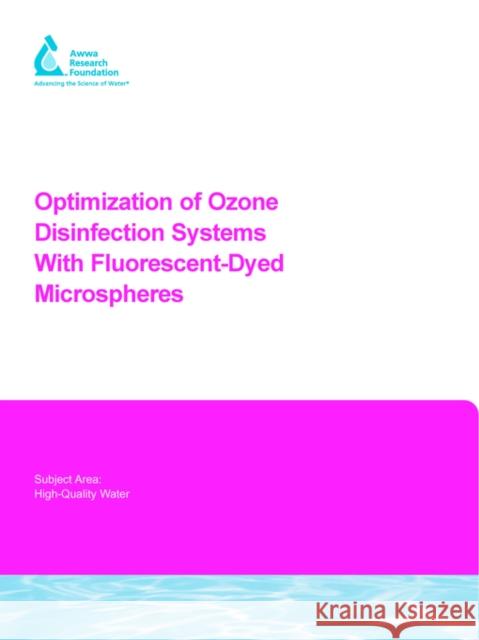Optimization of Ozone Disinfection Systems with Fluorescent-Dyed Microspheres » książka
Optimization of Ozone Disinfection Systems with Fluorescent-Dyed Microspheres
ISBN-13: 9781843398851 / Angielski / Miękka / 2004 / 146 str.
The operation of ozone contactors needs to be optimized to provide adequate disinfection while minimizing the formation of disinfection by-products. However, measuring the actual disinfection efficiency is impractical in a full-scale system. The objective of this project was to demonstrate of the use of polystyrene microspheres to assess and optimize the performance of full-scale ozone disinfection systems. Specifically, the researchers developed and optimized microspheres with laboratory-scale experiments, demonstrated the use of microsphere method with a full-scale ozone contactor, and applied a mathematical model for the prediction of disinfection efficiency and bromate formation in the full-scale ozone contactor. This study has shown that microspheres can be used as a surrogate for assessing the inactivation efficiency of C. parvum oocysts in ozone contactors. It is therefore recommended that water utilities using ozone as disinfectant consider performing such tests. This study has also shown that a mathematical model could be used to predict the performance of the contactor. Mathematical simulation revealed that reducing dispersion would result in more disinfection with minimal effect on bromate formation. Originally published by AwwaRF for its subscribers in 2004. This publication can be purchased and downloaded via Pay Per View on Water Intelligence Online - click on the Pay Per View icon below











